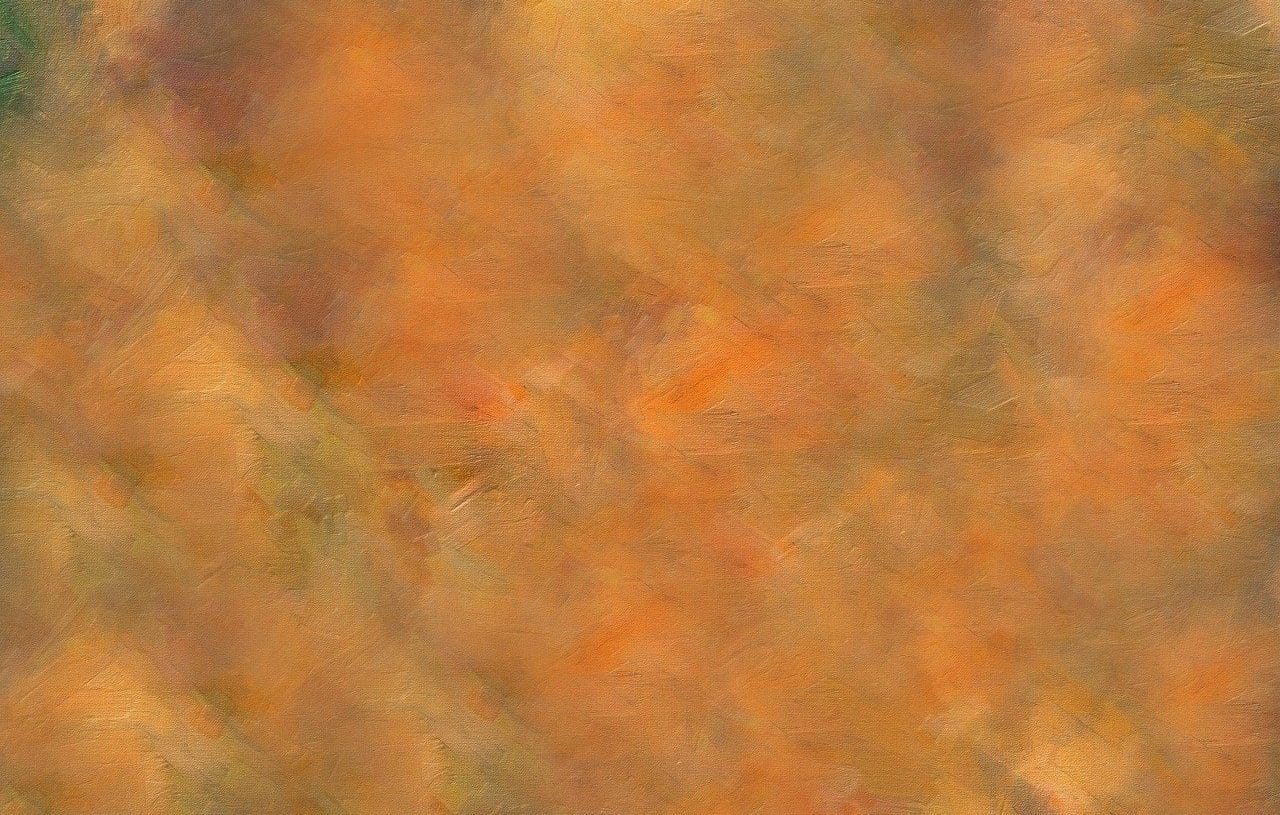
Pardo is a term that refers to the color brown.
Brown is the name given to a color , also known as brown . The term describes what has an earthy tone , which is between black and white with reddish and yellow touches.
For example: “To match that shirt, you should wear brown pants,” “A brown wolf slowly approached the child, who was paralyzed with terror,” “Yesterday was a brown and sad day in this city: I hope today the sun.”
Determining the etymological origin of the term takes us to Latin. And it derives from the word pardus which, in turn, emanates from the Greek pardos , which can be translated as leopard .
The brown people in the colonial era
In the American colonial era, Europeans used to describe as brown the descendants of blacks who mixed with the conquistadors and the aborigines . These were people, therefore, who were neither mulattoes (children of blacks and whites) nor mestizos (children of aborigines and whites).
The classification of brown responded to the division of society into races , which was common at that time. The brown people usually had brownish skin, darker than Europeans but lighter than African slaves.

The brown bear is a mammal that lives in Asia, Europe and North America.
Other uses of the term
When a day is defined as brown, reference is made to the cloudiness that prevents enjoying sunlight . The brown days, therefore, are quite dark. It should be noted, in another sense, that a voice with little vibration and unclear timbre can also be classified as brown.
Ursus arctos , meanwhile, is the scientific name of the animal that, in colloquial language, is known as the brown bear . This mammal , which lives in forests in North America , Europe and Asia , can weigh more than half a ton, measure more than a meter in length and live for about thirty years.
Royal Palace of El Pardo
We cannot ignore either that one of the most significant buildings in the Spanish city of Madrid is the Royal Palace of El Pardo . It is located in the Royal Site of El Pardo and is currently used to host foreign heads of state who visit the country.
It was built in the 16th century , based on a 15th century building, and the appearance it has today is what it was given after the renovation carried out in the 18th century by the famous architect Francesco Sabatini . Among its most important peculiarities we could highlight that it houses an interesting collection of tapestries where some of the most important works made by Francisco de Goya are shown.
During the dictatorship imposed by Francisco Franco , after the Civil War , he and his entire family took the El Pardo Palace as their official residence.
a writer
Likewise, we cannot forget that Pardo is the surname of one of the most important writers of the 19th and 20th centuries in Spain .
We are referring to Emilia Pardo Bazán (1851-1921) from A Coruña, who introduced naturalism to the country and gave shape to already classic works such as “Los pazos de Ulloa” , “The Test” , “Memories of a Bachelor”. and “The Young Lady” .
